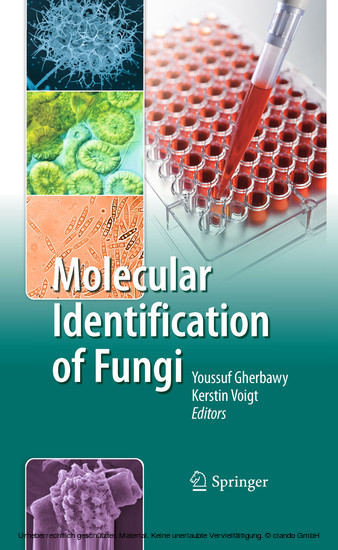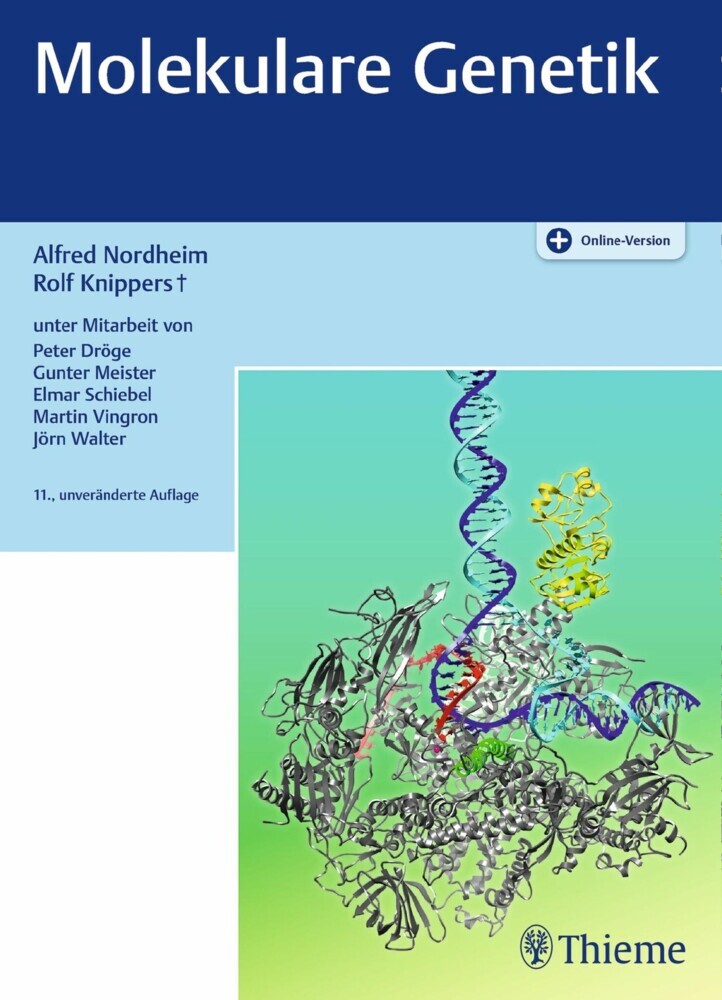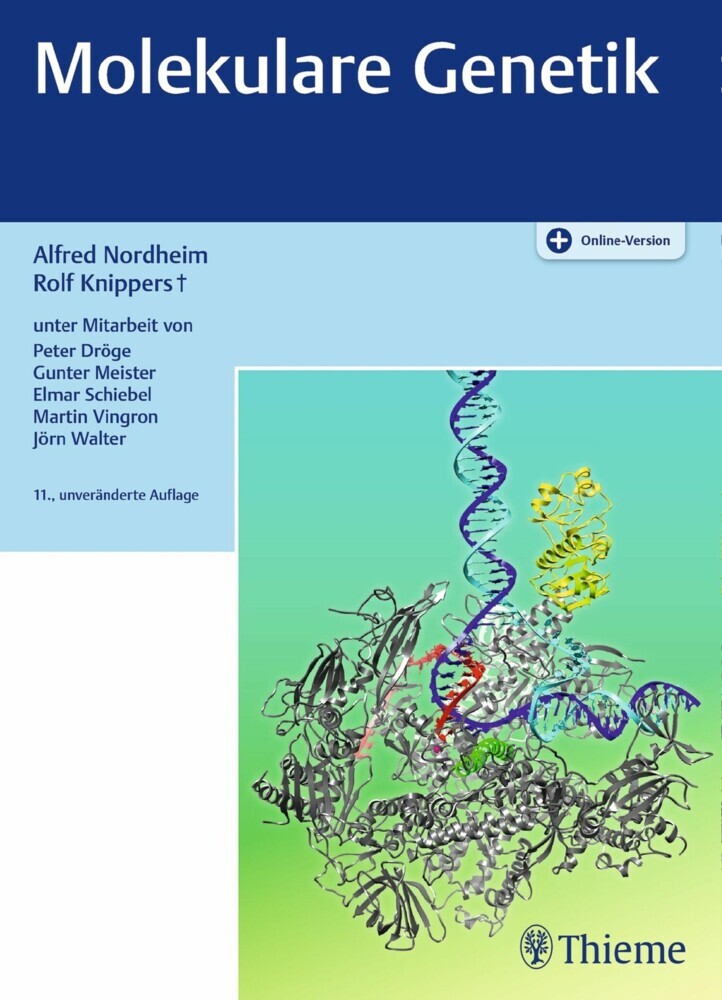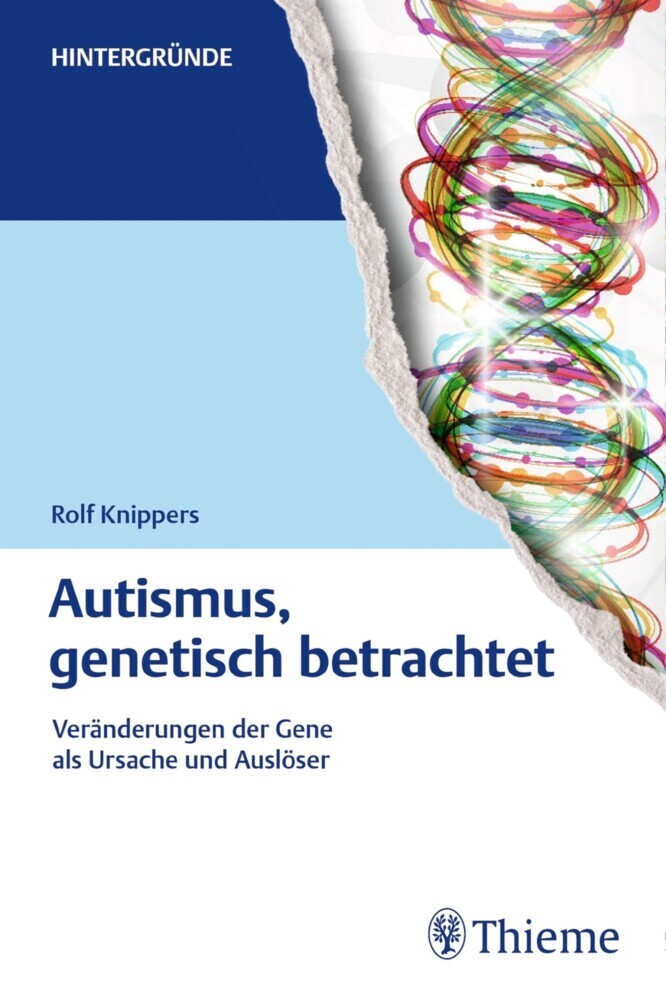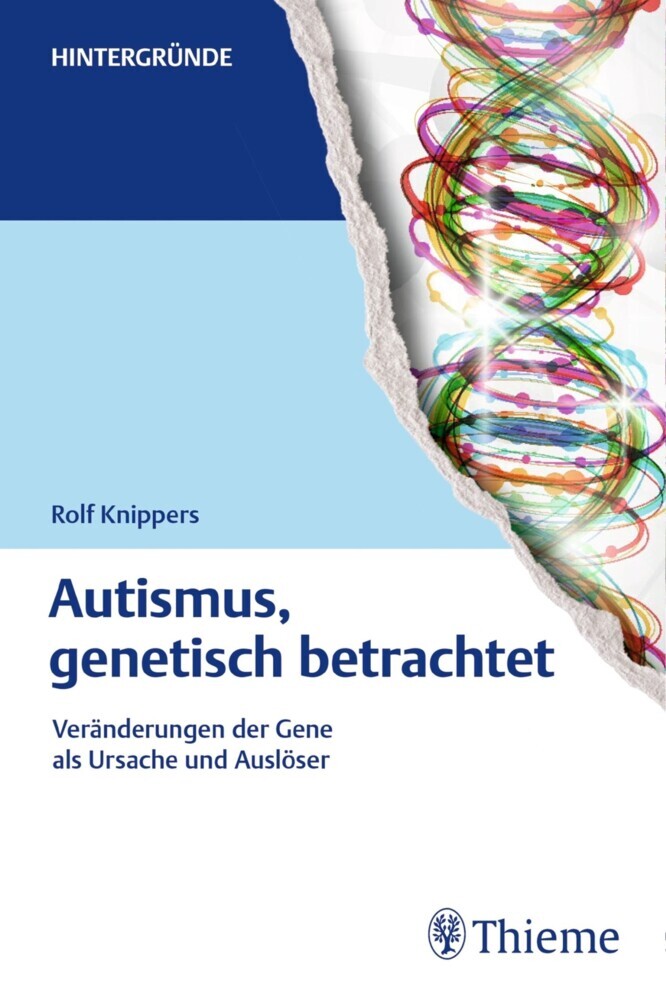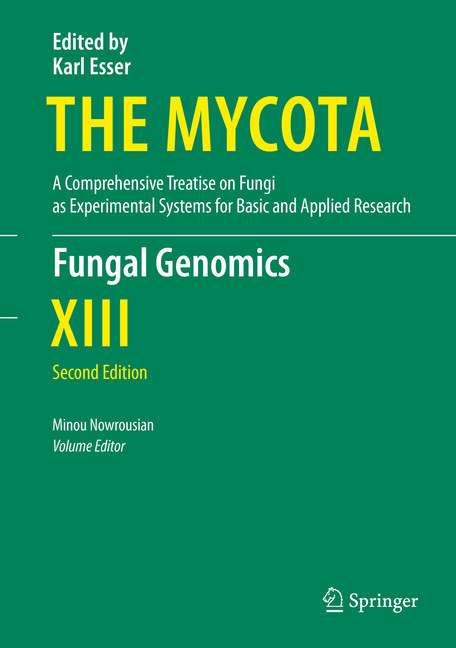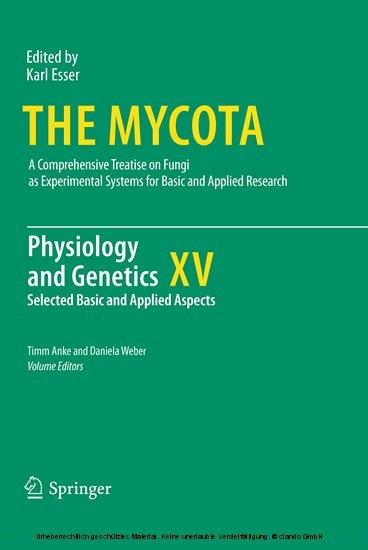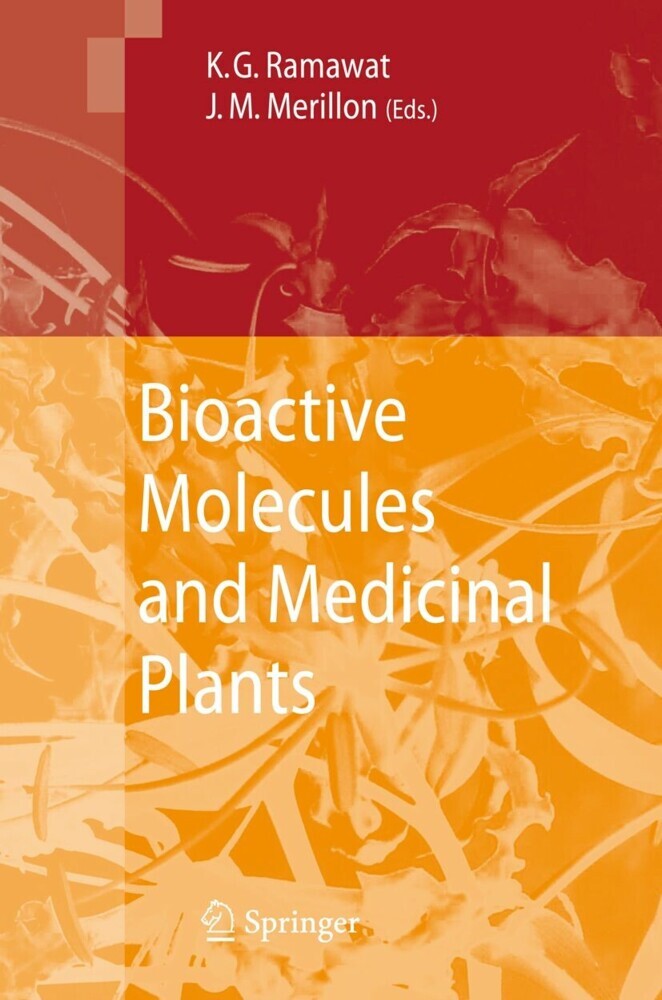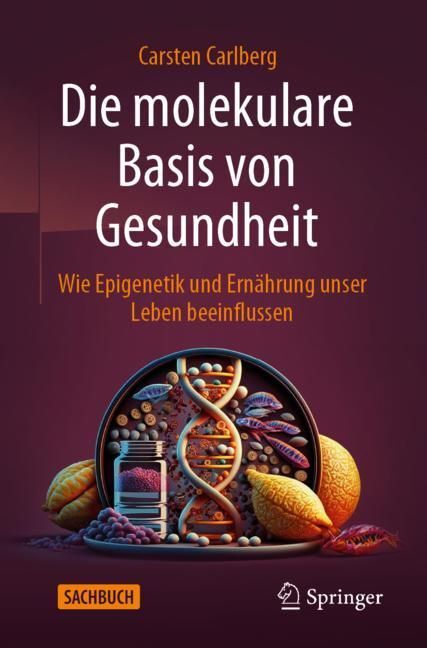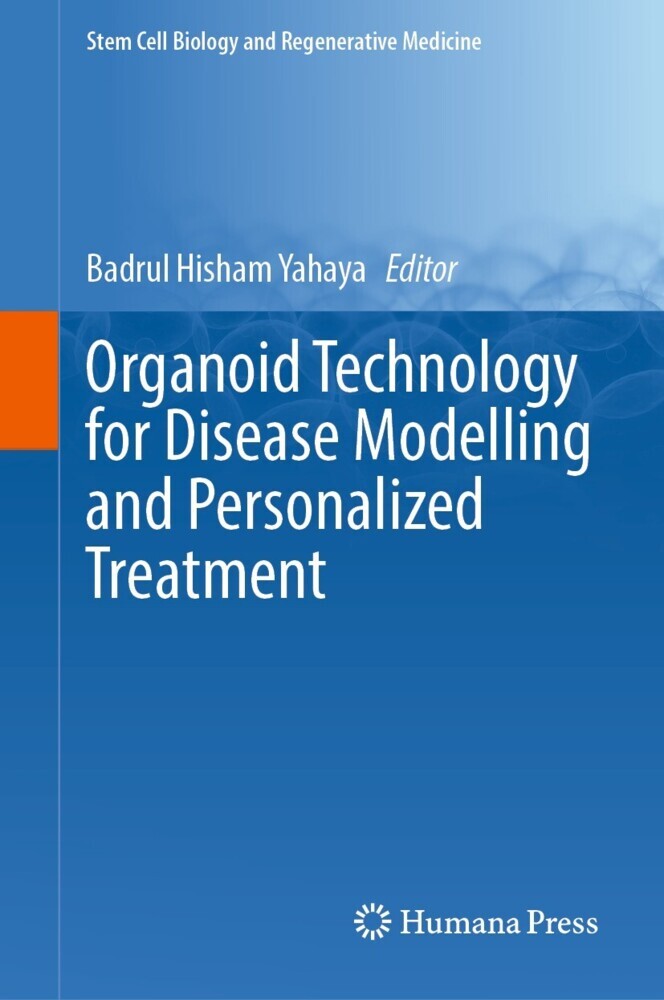Molecular Identification of Fungi
Molecular Identification of Fungi
Fungi enjoy great popularity in pharmaceutical, agricultural, and biotechnological applications. Recent advances in the decipherment of whole fungal genomes promise an acceleration of these trends.
This timely book links scientists from different parts of the world who are interested in the molecular identification of fungi combined with the exploration of the fungal biodiversity in different ecosystems. It provides a compendium for scientists who rely on a rapid and reliable detection of fungal specimens in environmental as well as clinical resources in order to ensure the benefit of industrial and clinical applications.
Chapters focus on the opportunities and limits of the molecular marker-mediated identification of fungi. Various methods, procedures and strategies are outlined. Furthermore, the book offers an update of the current progress in the development of fungal molecular techniques, and draws attention to potential and associated problems, as well as integrating theory and practice.
1;Chapter 1: Fungal Pathogens of Plants in the Homogocene;21 1.1;Introduction;21 1.2;Native Ranges of Fungi;24 1.3;Pathogen Release;26 1.4;Inferring Native Ranges of Fungi from Pathogen Release;29 1.5;Genetic Criteria for Native Range;31 1.6;Inferring Native Ranges of Pathogenic Fungi from Resistance;32 1.7;First Encounters Between Evolutionarily Naive Plants and Novel Pathogens;35 1.8;A ``Tens Rule´´ for Novel Pathogens;40 1.9;Transformers;42 1.10;Deliberate Introductions of Fungi;43 1.11;Inadvertent Co-Introductions of Fungi in Plants;43 1.12;Fungi as Facilitators of Plant Invasions;44 1.13;Conclusions;45 1.14;References;46 2;Chapter 2: Molecular Techniques for Classification and Diagnosis of Plant Pathogenic Oomycota;53 2.1;Introduction;54 2.2;Upheaval of Oomycete Taxonomy in the Molecular Era;55 2.3;Molecular Tools for Reclassification and Identification of Oomycota;57 2.4;Molecular Approaches for Tracing Occurrence of Oomycetes in Plants and Habitats;60 2.5;Concluding Remarks;63 2.6;References;63 3;Chapter 3: Plasmodiophorids: The Challenge to Understand Soil-Borne, Obligate Biotrophs with a Multiphasic Life Cycle;69 3.1;Introduction;70 3.1.1;What are Plasmodiophorids?;70 3.1.2;The Plasmodiophorids in the Tree of Life;74 3.1.3;Phylogenetic Relationships Within the Plasmodiophoridsplasmodiophorids;75 3.1.4;Economic Importance of Plasmodiophorids;77 3.2;Experimental Strategies to Detect and Monitor Plasmodiophorids;78 3.2.1;Direct Observations, Bioassays, and Bait Tests;78 3.2.2;Molecular Approaches;79 3.2.2.1;Antibody-Based Methods;80 3.2.2.2;Nucleic Acid-Based Methods;81 3.3;Plasmodiophorid Genomicsgenomics;86 3.4;How Common are Plasmodiophorids?;89 3.5;Conclusions and Future Research;90 3.6;References;91 4;Chapter 4: Applications of Molecular Markers and DNA Sequences in Identifying Fungal Pathogens of Cool Season Grain Legumes;97 4.1;Introduction;98 4.2;Sclerotinia Stem Rot of Chickpea;98 4.2.1;DNA Isolation and ITS Sequence Analysis;100 4.2.2;Detection of Group I IntronsGroup I Introns;100 4.3;Powdery Mildew of Lentil;102 4.3.1;Sample Collection and DNA Sequencing;104 4.3.2;Sequence Analysis;105 4.3.3;Species Confirmation;105 4.4;Conclusions;107 4.5;References;107 5;Chapter 5: Quantitative Detection of Fungi by Molecular Methods: A Case Study on Fusarium;110 5.1;Introduction;110 5.2;Quantification Strategies;112 5.2.1;Competitive PCRPCR;112 5.2.2;Real-Time PCR;113 5.2.2.1;Species SpecificPCRSpecies specific Quantification;113 5.2.2.2;Group SpecificPCRGroup specific Quantification Based on the Detection of Toxin Biosynthesis Genes;115 5.2.3;DNA-ArraysDNA-arrays;117 5.3;Conclusion;118 5.4;References;120 6;Chapter 6: DNA-Based Tools for the Detection of Fusarium spp. Pathogenic on Maize;123 6.1;Introduction;123 6.2;Major Fusarium Toxins in Maize;124 6.2.1;Fumonisins;124 6.2.2;Trichothecenes;125 6.3;Epidemiology and Etiology of Maize Pink and Red Ear Rot;126 6.3.1;Pink Ear Rot;126 6.3.2;Red Ear Rot;127 6.4;General Species Concepts and Species Borders Within the Genus Fusarium;129 6.4.1;Section LiseolaSection Liseola;130 6.4.2;Section Discolor;131 6.5;DNA Sequence-Based Diagnosis of Fusarium spp. Pathogenic On Maize: Species Assignment;132 6.5.1;Species-Diagnostic Primers for the Causal Agents of Pink Ear Rot;132 6.5.2;Species-Diagnostic Primers for the Causal Agents of Red Ear Rot;133 6.6;DNA Sequence-Based Diagnosis of Fusarium spp. Pathogenic on Maize: Toxigenicity;135 6.6.1;Fumonisin-Producing Fusarium spp;135 6.6.2;Trichothecene-Producing Fusarium spp;137 6.7;Conclusion and Future Lines of Research;138 6.8;References;138 7;Chapter 7: Molecular Detection and Identification of Fusarium oxysporum;146 7.1;Introduction;146 7.2;Earlier Efforts for Identification of Pathogenic Fusarium oxysporum;148 7.2.1;Identification Using Anonymous Markers;148 7.2.1.1;Restriction Fragment Length Polymorphism;148 7.2.1.2;Random Amplified Polymorphic DNA;151 7.2.1.3;Amplified Fragment Length Polymorphism;152 7.2.1.4;Simple Sequence Repeats;
Gherbawy, Youssuf
Voigt, Kerstin
| ISBN | 9783642050428 |
|---|---|
| Artikelnummer | 9783642050428 |
| Medientyp | E-Book - PDF |
| Copyrightjahr | 2010 |
| Verlag | Springer-Verlag |
| Umfang | 501 Seiten |
| Sprache | Englisch |
| Kopierschutz | Digitales Wasserzeichen |

